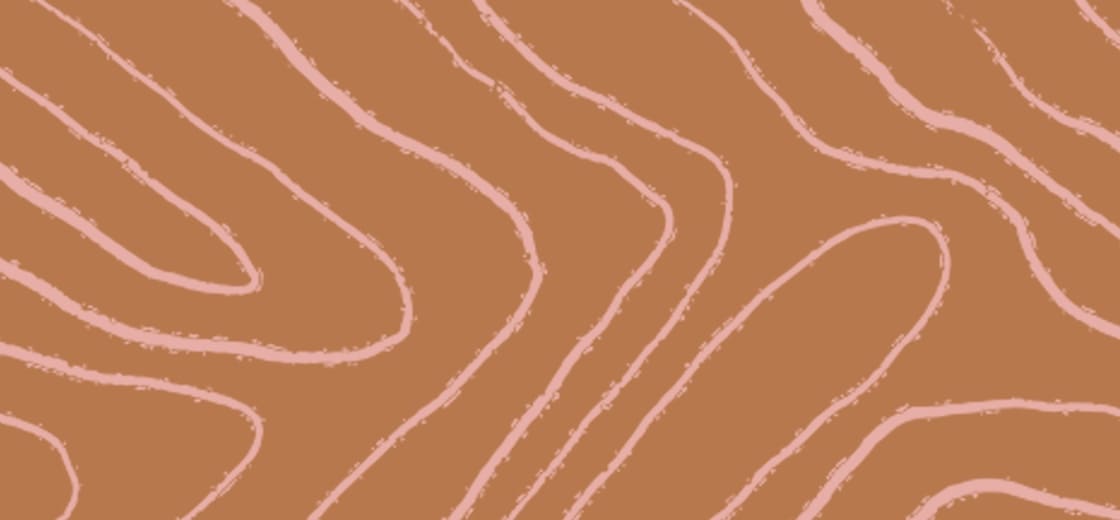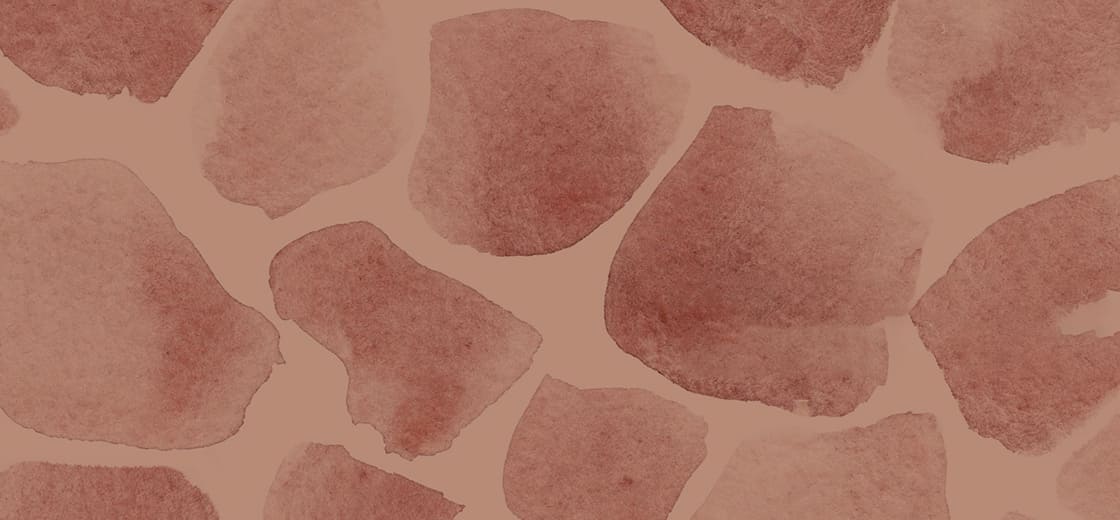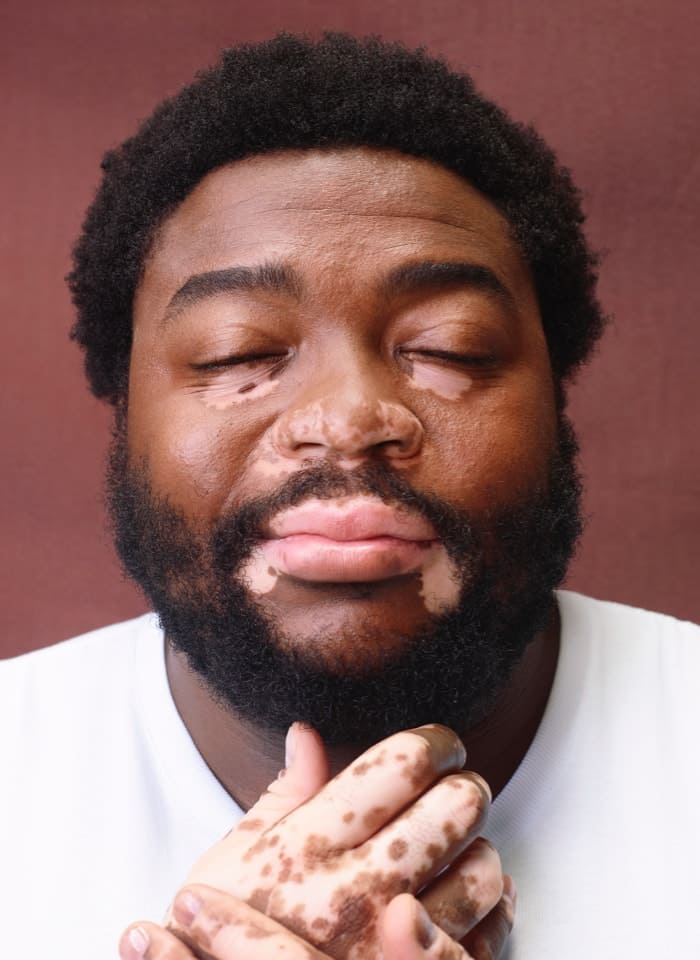

IN DERMATOLOGY,


IN DERMATOLOGY,

And for many, it holds so much significance—from race, to culture, to identity. The spectrum of skin color and features is certainly something to celebrate, and these differences can also relate to disease prevalence, how diseases present, and how patients are impacted.
For example:
1.7x
In Asian individuals, AD lesions may be more distinguishable with well-defined lesions, and with increased scaling and lichenification compared with White patients.1

16.3%
Erythema, which often appears as pink or redness in lighter skin tones, may be harder to appreciate or assess in darker skinned AD patients, where redness may appear more violaceous in color or be missed completely.1

7x
Asian individuals and Pacific Islanders are seven times more likely than White persons to be diagnosed with AD at an office visit.1
77%
Although some studies have reported no statistically significant differences in the age of onset, duration, or type of alopecia areata (AA) by ethnicity, in one cross-sectional US registry, African Americans were 77% more likely to be diagnosed with AA than were White persons. More information is needed to understand whether AA prevalence varies by race and/or ethnicity.2-4

Vitiligo can place a significant psychosocial burden on people with darker skin types. In countries throughout the world, affected individuals may be treated as though they have an infectious disease or disfigurement and may face social stigmatization.5
References: 1. Kaufman BP, Guttman-Yassky E, Alexis AF. Atopic dermatitis in diverse racial and ethnic groups—Variations in epidemiology, genetics, clinical presentation and treatment. Exp Dermatol. 2018;27(4):340-357. 2. Villasante Fricke AC, Miteva M. Epidemiology and burden of alopecia areata: a systematic review. Clin Cosmet Investig Dermatol. 2015; 24;8:397-403. 3. Goh C, Finkel M, Christos PJ, Sinha AA. Profile of 513 patients with alopecia areata: associations of disease subtypes with atopy, autoimmune disease and positive family history. J Eur Acad Dermatol Venereol. 2006; 20(9):1055-1060. 4. Lee H, Jung SJ, Patel AB, Thompson JM, Qureshi A, Cho E. Racial characteristics of alopecia areata in the United States. J Am Acad Dermatol. 2020;83(4):1064-1070. 5. Grimes PE, Miller MM. Vitiligo: Patient stories, self-esteem, and the psychological burden of disease. Int J Womens Dermatol. 2018;4(1):32-37.
That’s why we at Pfizer are doing our part to support all those in the healthcare and dermatology community who are paving the way toward a world in which patients of color feel truly seen and deeply understood. This includes:
Learn more about our commitment.